Power Of Ikebana – A Practice That Grounds Me
There’s something about arranging flowers that steadies my breath. Not just any flowers, and not just any arrangement—Ikebana. It’s the one practice I return to when I need to feel present, when the world feels too loud or too fast. I don’t always get it right. In fact, I often don’t. But that’s part of the draw. Ikebana doesn’t demand perfection—it invites attention. It asks me to notice the curve of a branch, the way a stem leans, the space between two blossoms. It’s not about filling a vase but about creating a moment. Sometimes I finish an arrangement and feel a quiet click, like something has aligned. Other times, I dismantle it entirely and begin again. That, too, is Ikebana. It’s a conversation, not a performance. The power of Ikebana and how the artistic form changes me and my arrangements isan interesting differnet feeling all the time.
My First Encounter – Learning To See Differently
I remember the first time I tried Ikebana. I was expecting to feel relaxed, maybe even accomplished. Instead, I felt clumsy. My hands didn’t know what to do. I kept trying to make it symmetrical, to make it “pretty.” But Ikebana doesn’t care about pretty. It cares about presence, about intention, about the story each element tells. I had to unlearn everything I thought I knew about arranging flowers. I had to stop trying to control the outcome. That was hard. But it was also freeing. I started to see the beauty in a single line, in a crooked stem, in negative space. Ikebana taught me to see differently—and to feel differently, too.

The Structure That Holds Me – Heaven – Earth – Humanity
Every time I begin a new arrangement, I return to the triangle. Heaven, Earth, Humanity. It’s not just a design principle—it’s a reminder of where I stand. I am not the center. I am part of a larger whole. The tallest branch reaches upward, the longest stem stretches outward, and the shortest element anchors it all. This structure gives me something to lean into when I feel unsure. It’s a quiet guide. I don’t always follow it perfectly, but I always begin there. It helps me remember that Ikebana is not about control—it’s about relationship. Between me and the materials. Between the materials and the space. Between the space and the moment.
| Element | Symbolic Role | Placement Direction | Emotional Tone |
|---|---|---|---|
| Shin | Heaven | Vertical/Upward | Aspirational |
| Soe | Earth | Diagonal/Outward | Grounding |
| Hikae | Humanity | Horizontal/Forward | Intimate/Personal |
When It Doesn’t Work – And Why That’s Okay
There are days when nothing fits. The branch I thought would arc perfectly just won’t sit right. The flower I saved for the focal point feels too loud. I try again. And again. Sometimes I walk away. Sometimes I start over. But I’ve learned not to call it failure. Ikebana has taught me that the process is the point. That frustration is part of the rhythm. That beauty often arrives after surrender. When I stop trying to force it and start listening instead. Those are the moments when something unexpected happens—and it’s better than what I imagined.
The Ritual Of Revision – Returning To The Beginning
Ikebana has taught me that starting over is not a setback—it’s a ritual. I’ve lost count of how many times I’ve pulled apart an arrangement that felt “almost right.” There’s a quiet discipline in undoing your own work. It’s not about chasing perfection but about listening more closely. Sometimes I realize I’ve been imposing my will on the materials, rather than collaborating with them. The branch that refused to bend wasn’t stubborn—it was honest. The flower that felt out of place was telling me something I hadn’t heard yet. Revision in Ikebana is not correction—it’s conversation. Each redo is a deeper layer of attention. I learn more from the arrangements I dismantle than the ones I keep. They show me where I rushed, where I forced, where I didn’t trust. And in that process, I become more attuned—not just to the flowers, but to myself.
The Materials Speak – Listening With Your Hands
Every flower has a voice. Every branch has a posture. When I begin an arrangement, I don’t start with a plan—I start with observation. I hold each element and ask what it wants to do. Some stems lean naturally; others resist. Some blossoms demand attention; others whisper. Ikebana is not about imposing form—it’s about revealing it. I’ve learned to listen with my hands, to feel the tension and release in each piece. The materials guide me more than any rulebook. They tell me what’s possible, what’s harmonious, what’s alive. When I ignore them, the arrangement feels forced. When I listen, something clicks. It’s not always immediate, but it’s always worth waiting for.
| Material Type | Common Symbolism | Preferred Use In Ikebana | Seasonal Association |
|---|---|---|---|
| Branches | Strength, direction | Line and structure | Winter |
| Blossoms | Beauty, impermanence | Focal points | Spring |
| Leaves | Support, balance | Background and texture | Summer |
| Grasses | Movement, subtlety | Accent and rhythm | Autumn |
The Space Between – Designing With Absence
One of the hardest lessons Ikebana taught me was to leave space. In the beginning, I wanted to fill every gap. I thought more meant better. But Ikebana thrives in what’s not there. Negative space is not emptiness—it’s breath. It’s the pause that gives meaning to the note. I started to see how a single stem could hold an entire composition if the space around it was right. That space invites the viewer in. It creates tension, release, and rhythm. It’s where the eye rests and the heart listens. Designing with absence is an act of trust. Trusting that what’s there is enough. Trusting that silence can speak.
The Seasons Teach Me – Time As A Collaborator
Ikebana is inseparable from the seasons. I don’t just choose flowers—I choose moments in time. A bare branch in winter speaks differently than one in spring. A fading bloom in autumn carries a different weight than a fresh one in summer. I’ve learned to let the season guide my choices. Sometimes that means working with what’s available, not what’s ideal. It’s a lesson in acceptance. The materials change, and so do I. I’ve come to love the quiet austerity of winter arrangements. The lush abundance of summer feels joyful, but the restraint of winter feels profound. Each season brings its own mood, its own palette, its own rhythm. Ikebana helps me mark time—not with a calendar, but with feeling.
| Season | Mood Evoked | Common Materials Used | Arrangement Style |
|---|---|---|---|
| Spring | Renewal, hope | Cherry blossoms, tulips | Upright and expansive |
| Summer | Vitality, joy | Sunflowers, peonies | Full and layered |
| Autumn | Reflection, change | Maple leaves, chrysanthemums | Diagonal and sparse |
| Winter | Stillness, depth | Pine branches, camellias | Minimal and vertical |
The Container Matters – Holding The Story
Choosing the container is as important as choosing the flowers. It’s not just a vessel—it’s part of the narrative. A shallow bowl invites horizontal movement. A tall vase demands vertical tension. The color, texture, and shape of the container influence the entire mood. I’ve spent hours selecting the right base before placing a single stem. Sometimes I use ceramic, sometimes metal, sometimes glass. Each material carries its own energy. The container holds the story, but it also shapes it. It’s the frame that defines the painting. I’ve learned to let the container speak first. To ask what kind of story it wants to hold. And to build the arrangement around that answer.
The Moment Of Completion – Knowing When To Stop
There’s a moment in every arrangement when I feel a quiet “yes.” It’s not dramatic. It’s not obvious. But it’s unmistakable. I step back and something settles. The lines feel balanced. The space feels alive. The materials feel heard. That moment is hard to describe, but I’ve come to trust it. It doesn’t always come quickly. Sometimes I chase it for hours. But when it arrives, I know it’s time to stop. To let the arrangement be. To let it speak without me.
The Audience Within – Arranging For Myself
I used to think Ikebana was something I did for others. To impress, to share, to display. But over time, I realized I was arranging for myself. Not for validation, but for connection. The process became a way to check in with my own mood, my own rhythm. Some days I feel bold—my arrangements reflect that. Other days I feel quiet—my choices shift accordingly. Ikebana became a mirror. Not of how I want to be seen, but of how I am. It’s a private ritual, even when shared publicly. The audience is within. And that’s enough.
The Unexpected Joy – When It All Comes Together
There are moments when everything aligns. The branch bends just right. The flower opens at the perfect angle. The space feels intentional. I didn’t plan it—but it happened. Those moments feel like gifts. Not achievements, but discoveries. I didn’t make them happen—I allowed them to. Ikebana rewards patience, attention, and humility. It doesn’t respond to force. It responds to care. And when it all comes together, it feels like joy. Quiet, deep, and lasting.
The Practice Of Patience – Time As A Medium
Ikebana has reshaped my relationship with time. It’s not a quick task—it’s a slow unfolding. I’ve spent entire afternoons with just three stems. Not because I’m indecisive, but because the process demands patience. Each movement is deliberate. Each pause is part of the rhythm. I’ve learned to wait—not just for the right placement, but for the right feeling. Sometimes I sit in silence, watching the light shift across the table. That, too, is part of the arrangement. Time becomes a medium, like water or clay. It shapes the work in invisible ways. Ikebana doesn’t rush. It waits until you’re ready to see.

The Emotional Landscape – Arranging What I Feel
There are days when I don’t know how I feel until I begin arranging. The materials draw it out of me. A sharp branch reflects tension. A drooping bloom reveals fatigue. I don’t always plan it, but the arrangement becomes a map of my mood. Ikebana is emotional architecture. It gives form to feeling. I’ve made arrangements that felt joyful, others that felt mournful. Some were restless, some serene. The flowers don’t judge—they just hold space. I’ve come to trust that process. To let the materials speak what I can’t. And to find clarity in the composition.
| Emotion | Common Materials Used | Arrangement Style | Visual Tone |
|---|---|---|---|
| Joy | Bright blossoms, curved stems | Expansive and open | Vibrant and airy |
| Sadness | Drooping flowers, bare branches | Sparse and vertical | Muted and solemn |
| Tension | Angular lines, rigid textures | Diagonal and tight | Stark and dramatic |
| Calm | Soft leaves, flowing grasses | Horizontal and balanced | Gentle and fluid |
The Unexpected Lessons – What Flowers Teach Me
I didn’t expect flowers to become my teachers. But they have. They’ve taught me about resilience—how a stem bends without breaking. About impermanence—how beauty fades and that’s okay. About humility—how nature doesn’t need my approval. I’ve learned to observe more and speak less. To notice the small shifts. A petal curling inward. A leaf turning toward light. These details carry wisdom. Ikebana has become a classroom. Not of facts, but of insight. The lessons are quiet, but they stay with me. Long after the arrangement is gone.
The Impermanence Of Beauty – Letting Go
Every arrangement is temporary. That’s part of its power. I used to want to preserve them—to photograph, to document, to hold on. But Ikebana resists permanence. It blooms, it fades, it ends. And that’s the point. The beauty lies in its transience. I’ve learned to let go. To appreciate the moment without needing to keep it. The arrangement teaches me to be present. To honor what is, not what lasts. It’s a practice in release. And in that release, I find peace.
The Dialogue With Nature – Collaborating With The Wild
Ikebana is not just about flowers—it’s about relationship. With nature, with space, with self. I don’t control the materials—I collaborate with them. A branch has its own logic. A flower has its own rhythm. I’ve learned to listen. To adapt. To respect the wildness in each element. Ikebana is not domestication—it’s dialogue. The materials are not passive—they respond. And when I treat them as part of my psychology or partnerships, the arrangement develops and comes alive. It’s not just beautiful—it’s honest.
The Role Of Light – Illuminating The Arrangement
Light changes everything. I’ve placed an arrangement in morning sun and watched it transform. Shadows deepen the lines. Highlights reveal textures. The same composition feels different at dusk. I’ve learned to consider light as part of the design. Not just where it falls, but how it moves. Ikebana is not static—it’s responsive. The arrangement breathes with the light. It shifts, it glows, it dims. I’ve started placing my work near windows, watching how it evolves. Light becomes a collaborator. And the arrangement becomes a living thing.
| Time Of Day | Light Quality | Arrangement Mood | Suggested Materials |
|---|---|---|---|
| Morning | Soft and warm | Gentle and hopeful | Pastel blossoms, grasses |
| Midday | Bright and direct | Bold and clear | Strong lines, vivid colors |
| Evening | Golden and fading | Reflective and calm | Earth tones, soft textures |
| Night | Dim and quiet | Intimate and deep | Dark leaves, subtle blooms |
The Quiet Joy Of Simplicity – Less As More
Ikebana has taught me to value simplicity. I used to think more meant better. But now I see how a single stem can carry an entire story. Simplicity is not emptiness—it’s clarity. It’s the distillation of intention. I’ve made arrangements with just three elements that felt complete. The fewer the materials, the more each one matters. I choose with care. I place with purpose. Ikebana rewards restraint. It invites focus. And in that simplicity, I find joy.
The Influence Of Place – Arranging In Context
Where I arrange matters. The room, the table, the surroundings—they all shape the work. I’ve made arrangements that felt perfect in one space but out of place in another. Ikebana is site-sensitive. It responds to context. I consider the colors of the walls, the texture of the surfaces, the mood of the environment. The arrangement is not isolated—it’s part of a larger composition. I’ve started arranging with the room in mind. Letting the space guide the choices. It’s a way of honoring place. And of creating harmony.
The Gift Of Attention – Seeing Differently
Ikebana has changed how I see. Not just flowers, but everything. I notice lines in architecture. Shadows on pavement. The curve of a chair leg. The rhythm of a bookshelf. Ikebana trains the eye. It sharpens perception. It slows me down. I see more because I look more. And I look more because I’ve learned to care. Attention is a gift. One that Ikebana keeps giving.
The Echo Of Memory – Arrangements That Stay With Me
Some arrangements linger long after they’ve faded. I remember the way a branch curved like a question. The way a single bloom held the light. These memories aren’t visual—they’re emotional. They mark moments in time. A quiet morning. A restless evening. A breakthrough in stillness. Ikebana becomes a kind of journal. Not of words, but of gestures. I’ve started keeping notes—not to replicate, but to remember. To honor the feeling that came through. These arrangements become echoes. Not of what I made, but of what I felt.
The Beauty Of Restraint – Knowing What To Leave Out
Ikebana has taught me that omission is a form of artistry. I used to want to include everything I loved. Every flower, every color, every idea. But restraint creates clarity. It sharpens the message. I’ve learned to ask: what does this arrangement need to say? And what distracts from that? Leaving something out is not loss—it’s refinement. It’s choosing depth over decoration. The hardest part is knowing when it is at the perfect point and when to stop. But when I do, the arrangement breathes. It speaks with precision. And that precision feels powerful.

The Shared Experience – Teaching And Learning Together
Ikebana is deeply personal, but it’s also communal. I’ve shared the practice with friends, with students, with strangers. Each person brings their own rhythm. Their own way of seeing. Teaching Ikebana is not about instruction—it’s about invitation. I show the structure, the principles, the tools. But the real learning happens in the doing. In the quiet moments of trial and error. I’ve watched people discover something in themselves through the flowers. A sense of calm. A spark of joy. A new way of listening. That’s the gift of sharing this practice.
| Shared Setting | Common Reactions | Teaching Approach | Emotional Outcome |
|---|---|---|---|
| Workshops | Curiosity, hesitation | Demonstration and dialogue | Confidence and calm |
| One-on-one sessions | Vulnerability, focus | Guided exploration | Personal insight |
| Public exhibitions | Awe, reflection | Silent storytelling | Communal resonance |
| Informal gatherings | Playfulness, surprise | Open-ended experimentation | Joy and connection |
The Symbolic Weight – Meaning In Every Element
Ikebana is rich with symbolism. A pine branch represents longevity. A plum blossom signals resilience. A curved stem can suggest humility. These meanings aren’t fixed—they’re felt. I choose materials not just for their form, but for their story. Sometimes I want to express hope. Sometimes grief. Sometimes transition. The arrangement becomes a message. Not in words, but in symbols. I don’t always explain it. But I always feel it. And that feeling guides the design.
The Living Archive – Documenting The Journey
I’ve started photographing my arrangements—not to preserve them, but to reflect on them. Each image is a snapshot of a moment. A record of a mood. I don’t aim for perfection in the photo. I aim for honesty. I write notes alongside the images. What I was feeling. What I learned. What surprised me. Over time, this archive has become a mirror. Of my growth. Of my shifting perspectives. Of my evolving relationship with Ikebana. It’s not a portfolio—it’s a diary.
Conclusion – Why I Keep Returning
Ikebana is the one practice I never tire of. It meets me where I am. Whether I’m restless or calm, joyful or uncertain. It offers structure without rigidity. Expression without excess. It’s a way of being with nature, with space, with self. I don’t always get it right. But I always learn something. The process is the reward. The arrangement is the reflection. I keep returning because it keeps returning me—to presence, to attention, to care. That’s why flowers, for me, are more than decoration. They’re a way of living.
Join The Discussion – Your Ikebana Moments
Have you ever tried Ikebana—or felt drawn to the quiet power of arranging flowers? What materials speak to you? What emotions surface when you work with nature?
#IkebanaPractice #FloralMeditation #ArtOfImpermanence #NatureAsTeacher #MinimalistDesign #EmotionalArchitecture #SeasonalStorytelling #CreativeRestraint #LivingWithFlowers #MindfulArrangement #SymbolicDesign #FloralPhilosophy #PersonalRitual #DesignWithIntention #IkebanaJourney #QuietJoy #SpaceAndSilence #EmbraceTheRedo #FloralReflection #BeautyInProcess

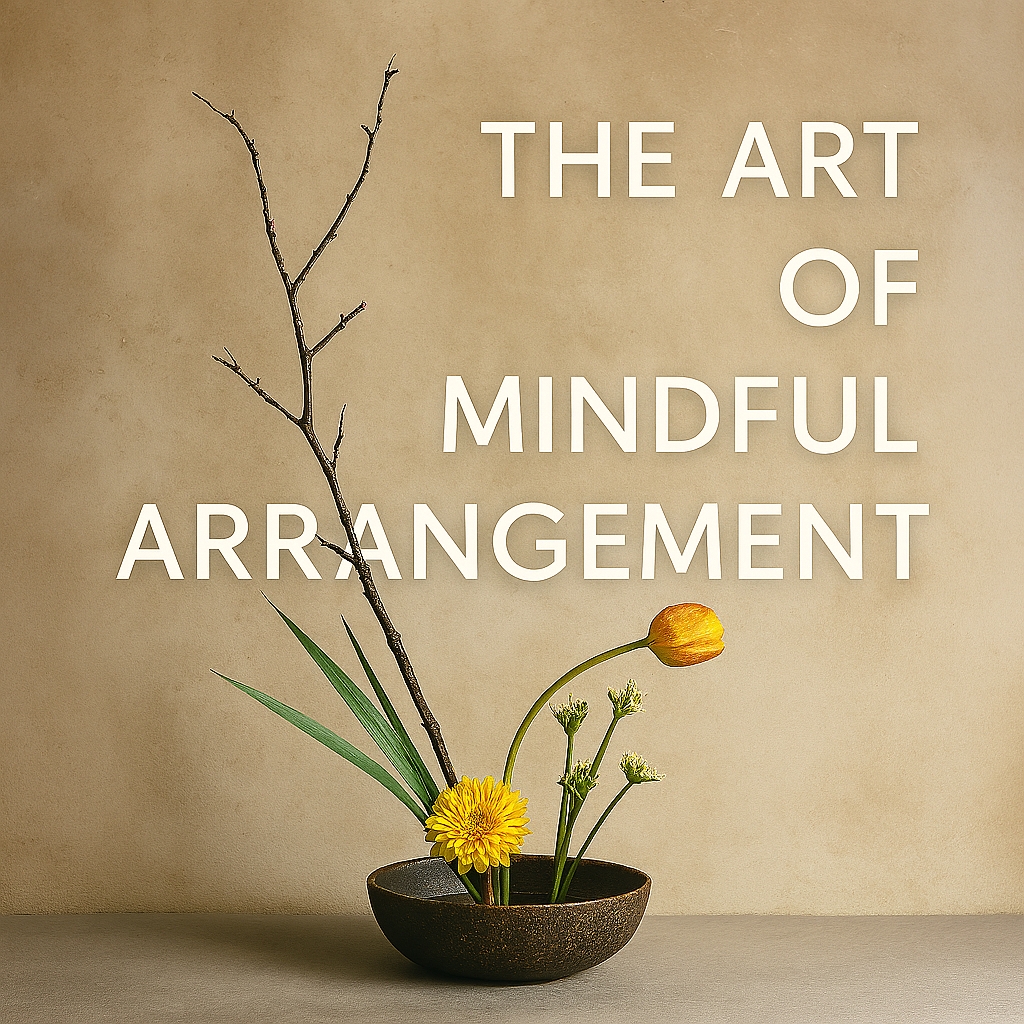
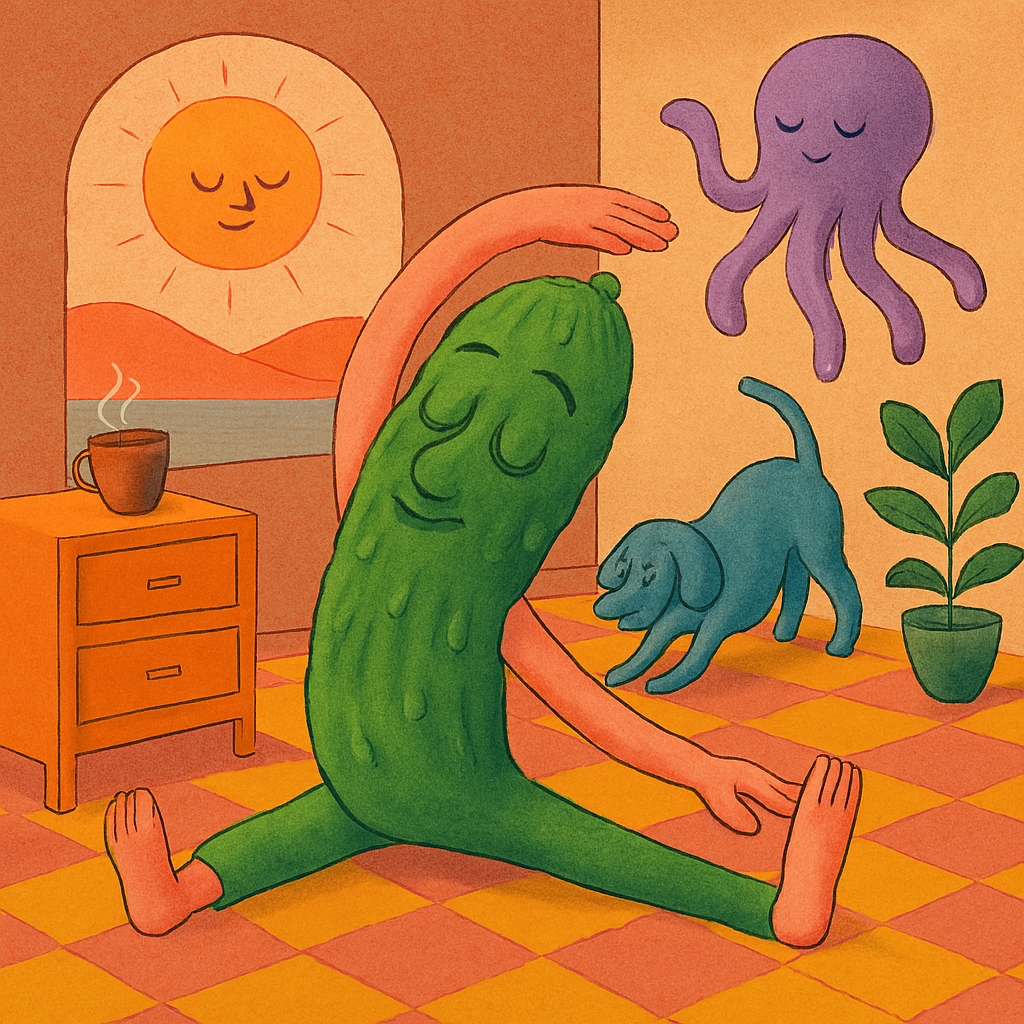

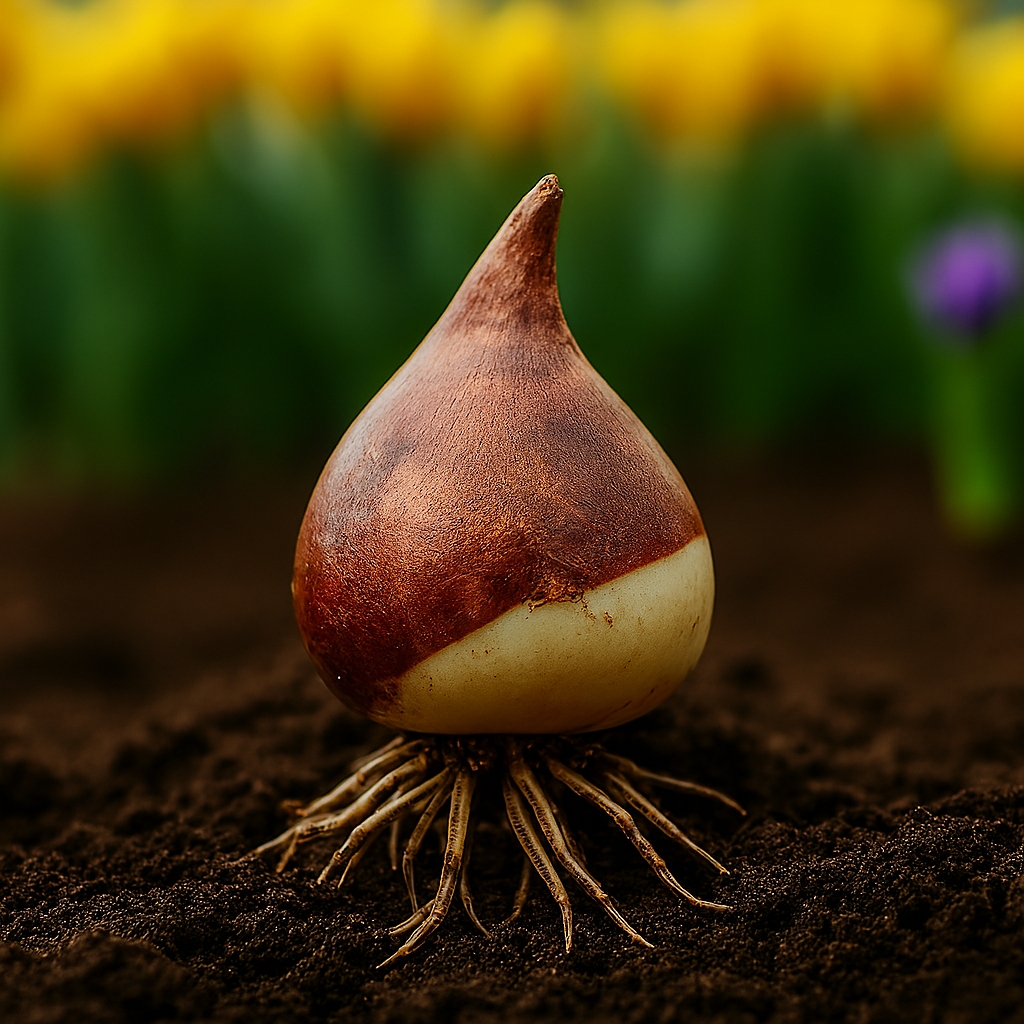




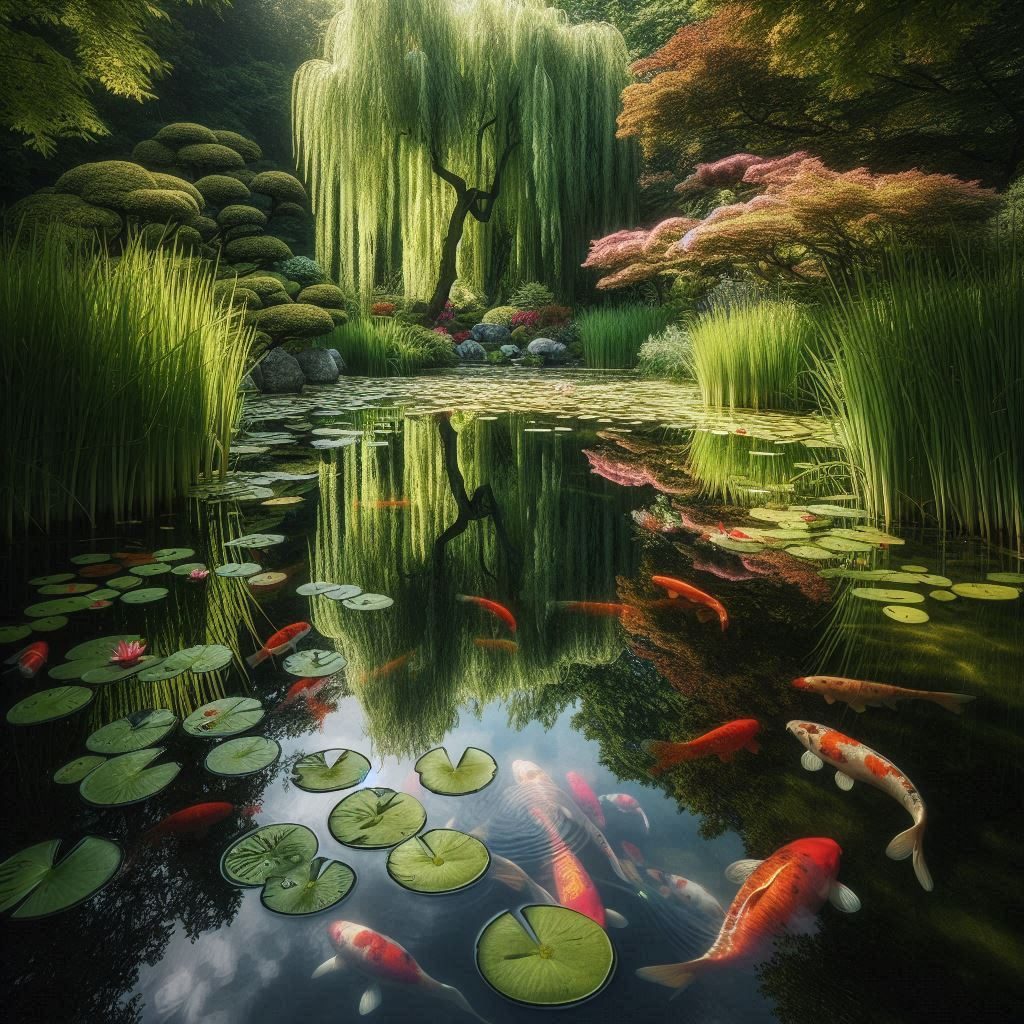
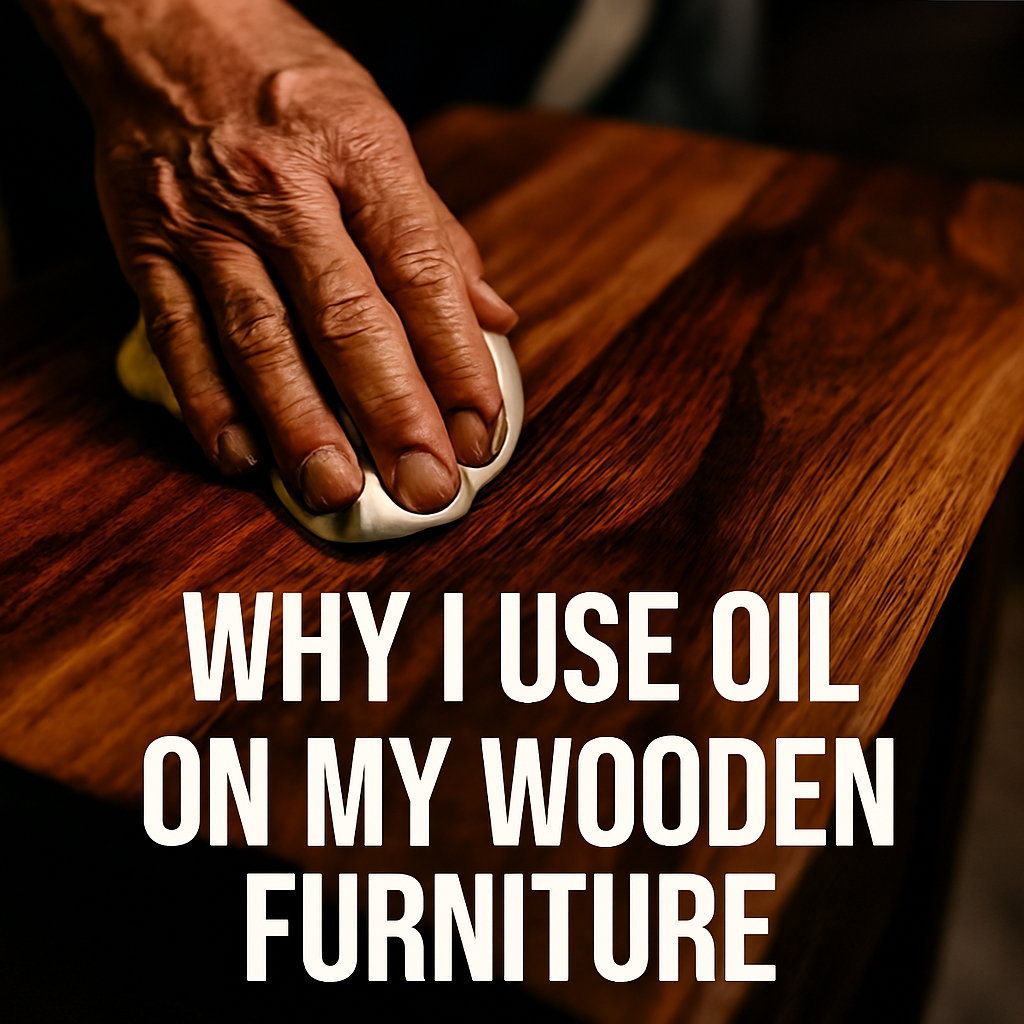


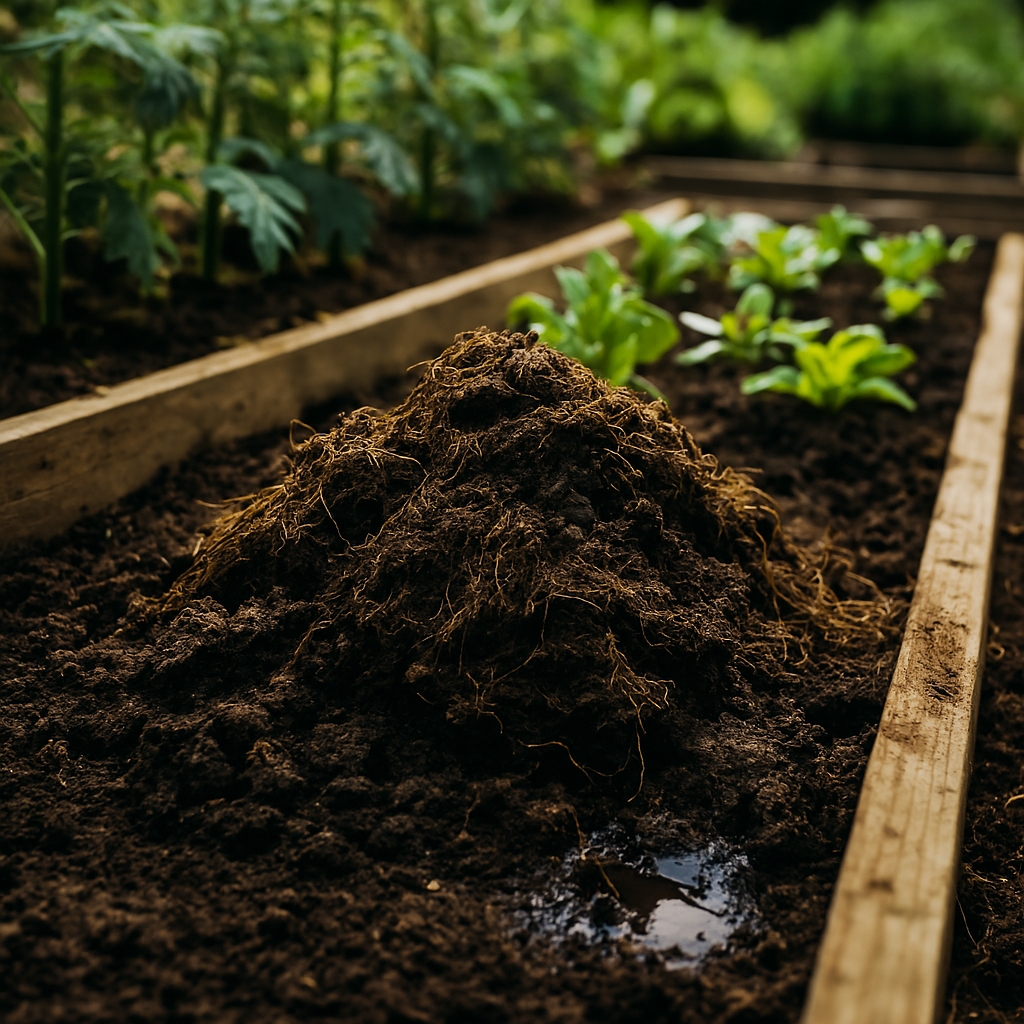
Leave a Reply